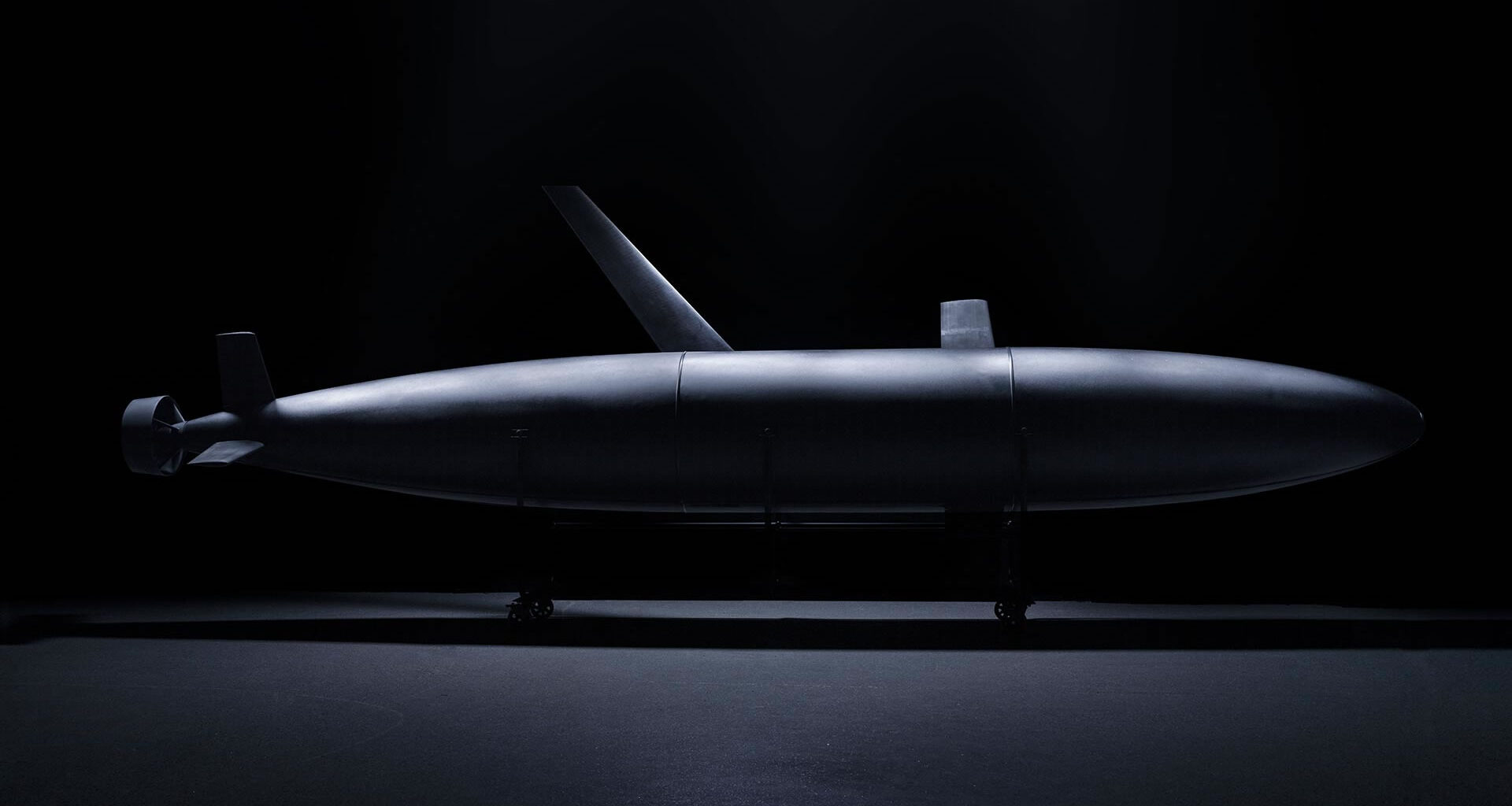Australia is set to build a new underwater surveillance network to better monitor and defend its northern maritime approaches. The system will be important, it is reported, at particularly strategic chokepoints like narrow sea routes that are key for trade and defense.
This project is a collaboration between Thales Australia, Austal, and C2 Robotics, which are three major defense and shipbuilding companies.
The system will link together autonomous underwater drones, advanced sonar sensors, and communication systems into a persistent (long-term) underwater surveillance network.
The network will consist of three major components, the first of which is C2 Robotics’ “Speartooth” underwater drone. This is a large, long-endurance uncrewed underwater vehicle (UUV) about 2 feet (8 meters) long.
The “Speartooth” can sit quietly on the seabed for long periods to conserve power. When it detects something (like a submarine or ship), it can surface to transmit data.
The system uses a hybrid lithium-ion/diesel-electric system, allowing it to travel 1,243 miles (2,000 km) and reach 6,563 feet (2,000 m) depth. The drone can carry different mission modules, including sensors, and possibly even munitions.
The next is Thales’ “BlueSentry” and “BlueSeeker” systems. These are advanced sonar and towed array technologies for detecting undersea noise and tracking vessels.
These systems provide “ears” underwater, picking up acoustic signatures of ships or submarines. The final component is Austal’s Evolved Cape-class patrol boats.
These are already used by the Royal Australian Navy and Australian Border Force. Such vessels can deploy and retrieve the Speartooth drones, making the system mobile and easy to reposition.
These will prove important as traditional systems (like fixed seabed sensors or floating sonar buoys) can be relatively limited. For example, fixed sensors can only watch one spot, and buoys have short lifespans and limited range.
Underwater eyes and ears
By contrast, this mobile underwater “network” can cover large ocean areas for long periods and be moved or redeployed as threats change. The new system will also be able to provide real-time intelligence on both surface ships and submarines.
In essence, it’s like turning northern Australia’s waters into a smart ocean zone, continuously watching for intruders. Strategically speaking, this new system will align with Australia’s growing focus on maritime security and deterrence.
Notably, it will become an important tool amid rising tensions in the Indo-Pacific (notably involving China). It will also likely prove a critical part of Australia’s role in the AUKUS alliance (with the US and UK), focusing on undersea technologies.
It also signals an investment in sovereign defense capabilities, meaning systems that are designed and built locally, reducing reliance on foreign tech. In short, Australia is developing an autonomous underwater surveillance network using local technology and ship platforms to monitor its northern approaches more effectively.
It’s a move toward a persistent, intelligent, and flexible undersea watch system, bridging the gap between static sensors and short-term patrols.
“We’re looking at every launch that we put out to incorporate new technologies and new options. And this is a great example that we’re hoping potentially to demonstrate this next year,” Fergus Hudson, defense research and development strategist at Austa, told Defence Connect.

